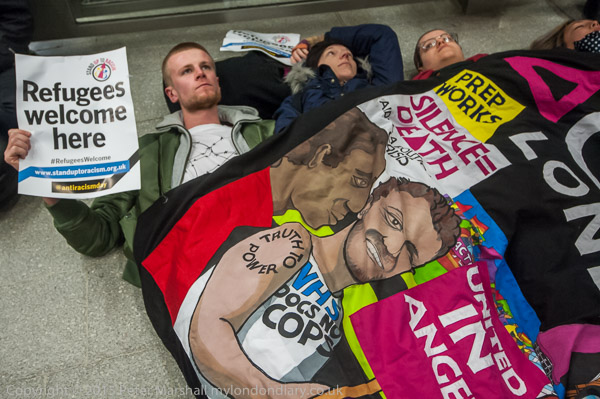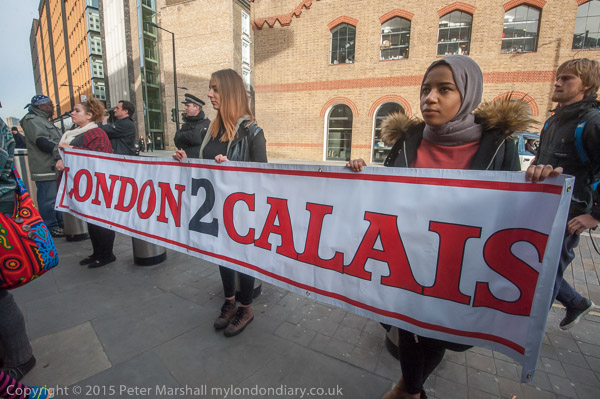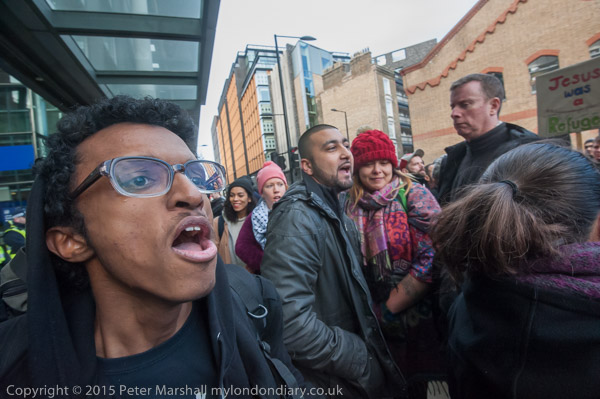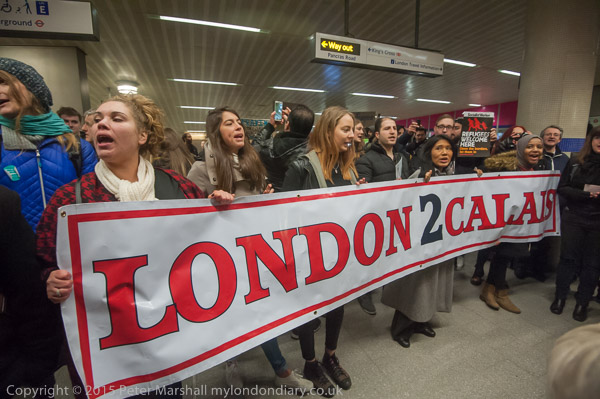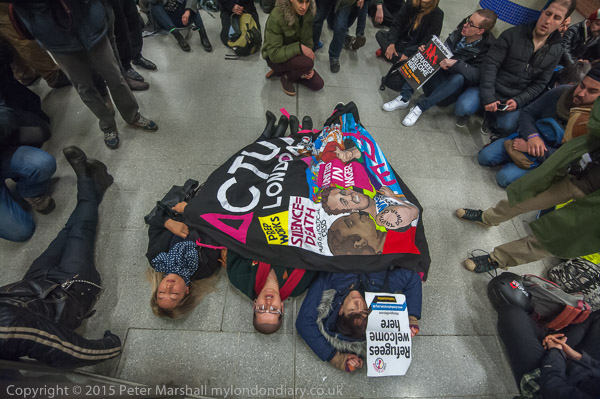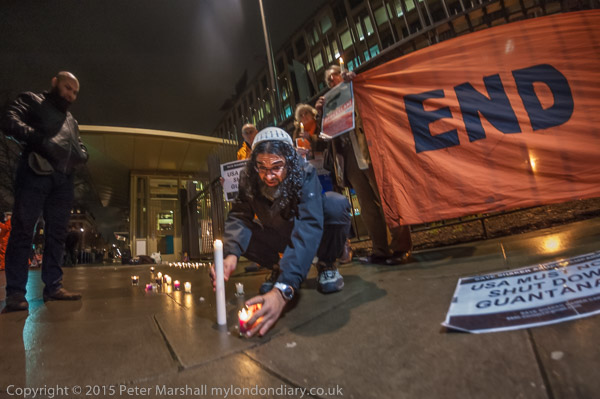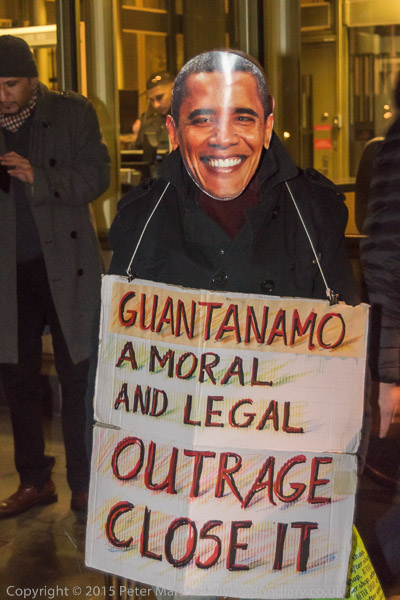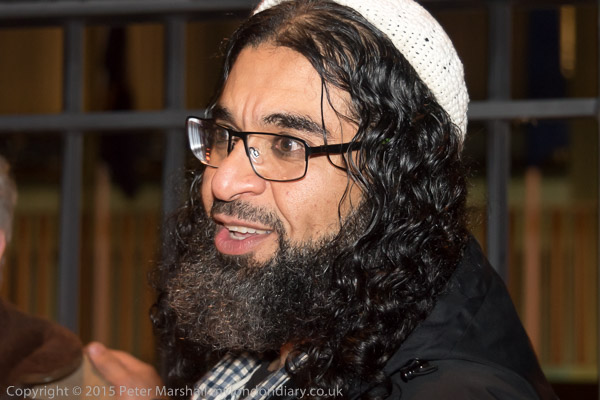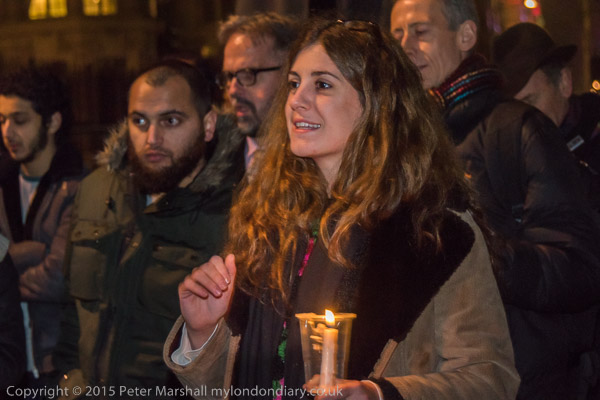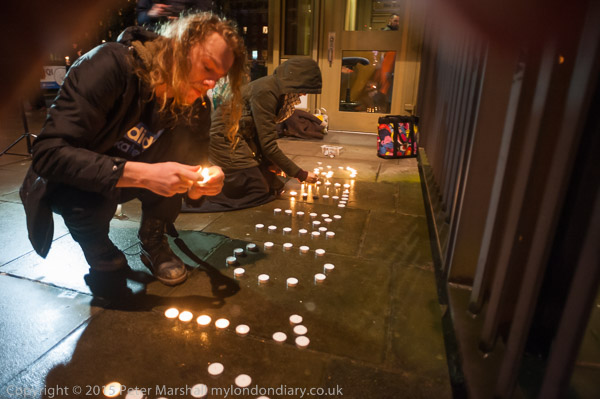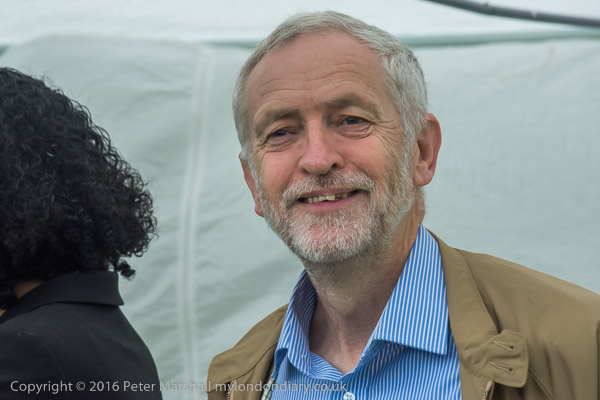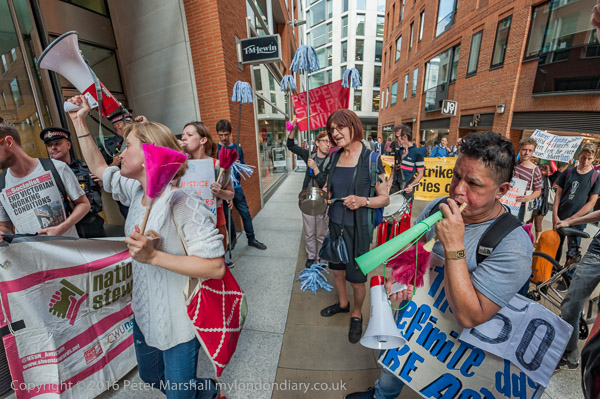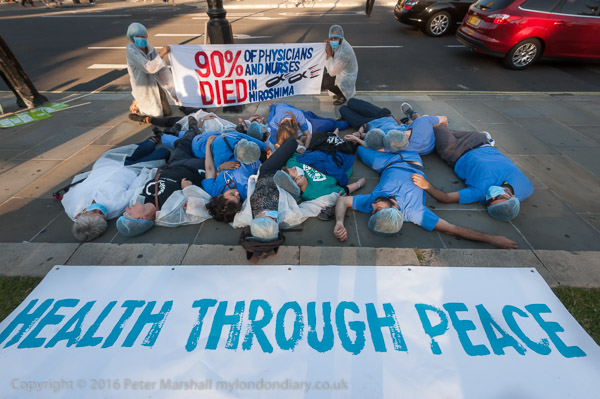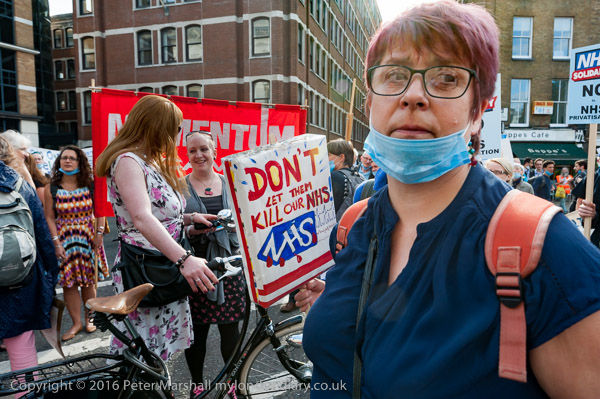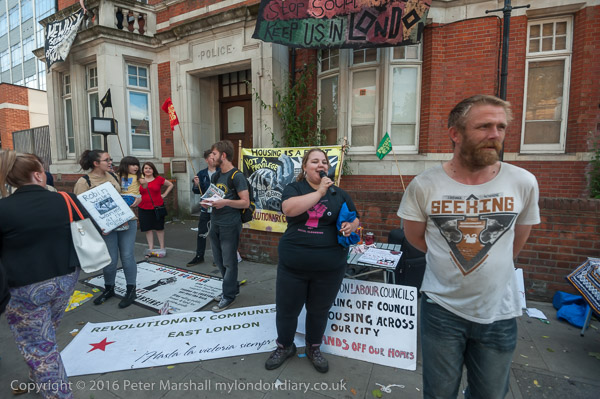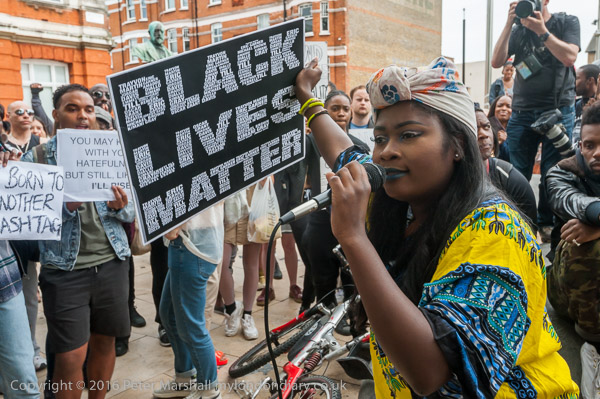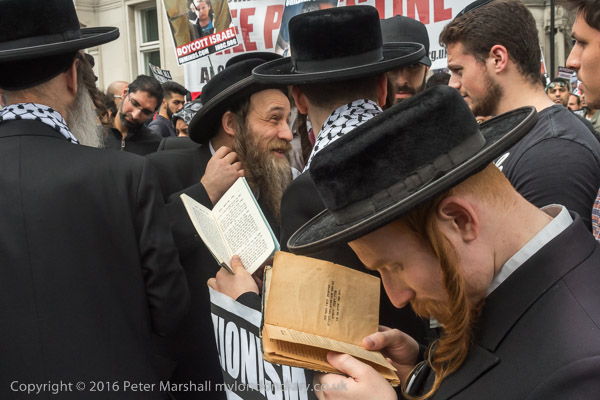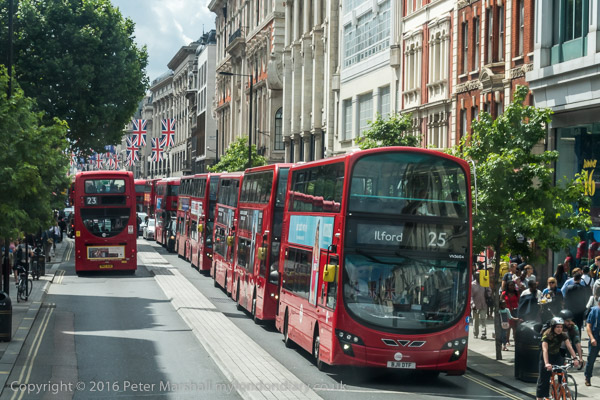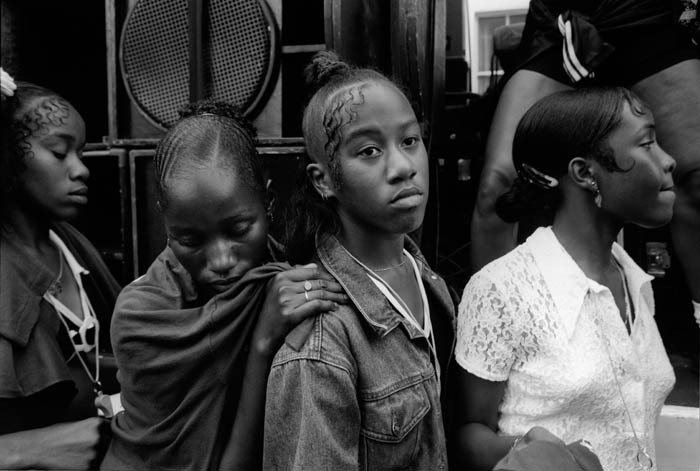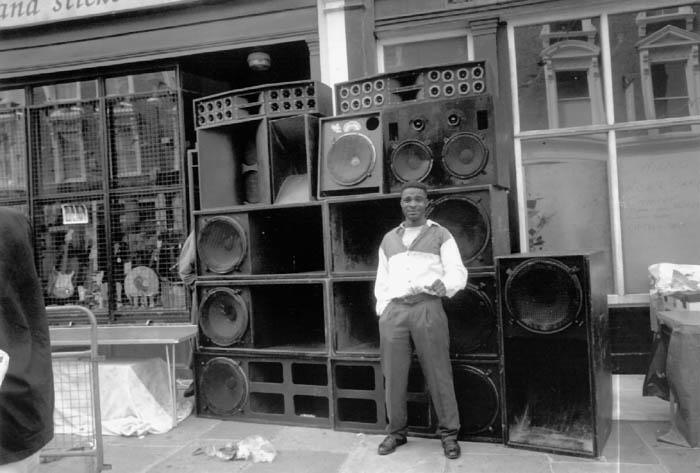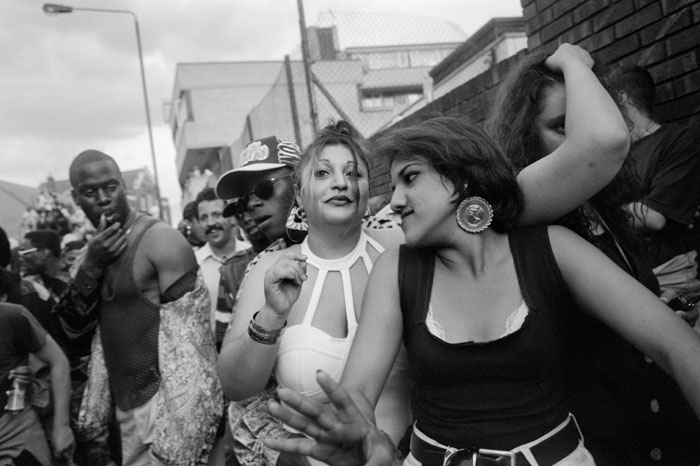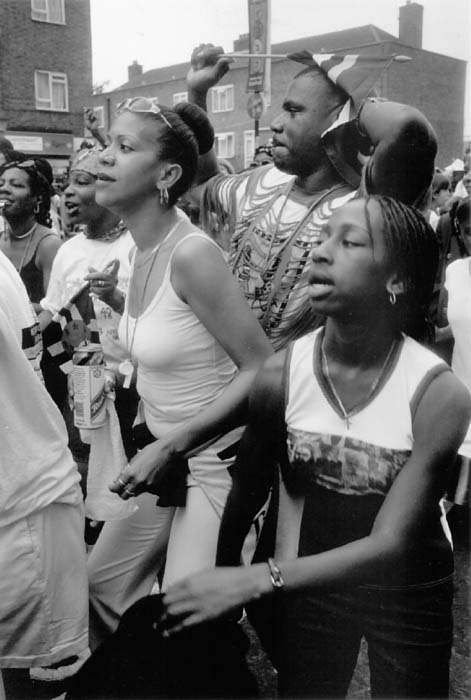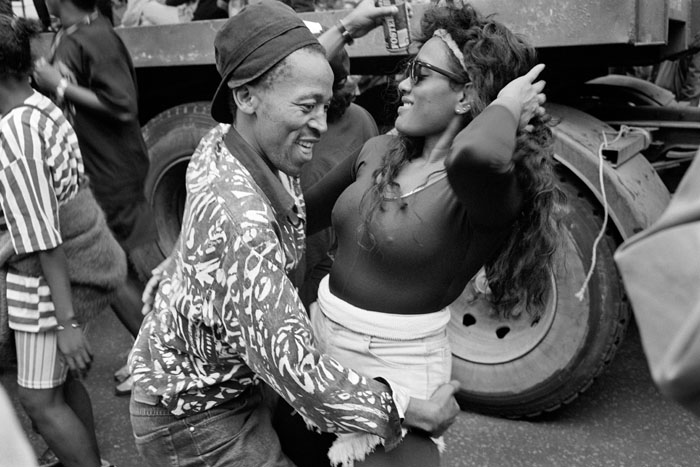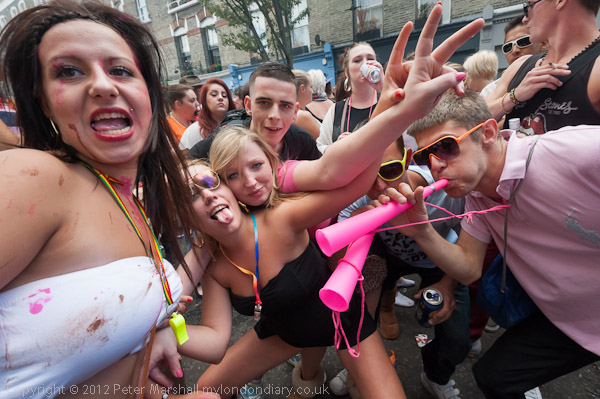The Greenpeace Photo Award, sponsored by them together with GEO magazine, gives photographers production grants to enable photo projects which take a fresh look at environmental themes, and publishes the finished projects in GEO and the Greenpeace magazine.
As well as two awards of 10,000 Euros selected by a jury of international experts there is a third of the same value which is chosen by the general public through an online vote, and you have until the end of the month, September 30th to cast your choice.
I’m finding it very difficult to make up my mind, with 11 projects by photographers from Africa, Asia, Australasia, Europe, Latin America, and the US to chose from including several whose work I already know and admire as well as some which seem equally deserving from those who are new to me. As well as the importance and freshness of the projects and the quality of the photographic work, I’m also wondering who the jury are likely to chose and which photographers are probably most in need of the money. Of course all photographers need money, but some more than others.
In the order they are presented on the site, the projects are ‘To Live and to die for the rainforest’ by Marizilda Cruppe, ‘The True Cost of Meat’ by Robin Hammond, ‘Excessocenus’ by Christina de Middel and Bruno Morais, ‘The Profit Corner’ by Mário Macilau, We are dying’ by Rafal Milach, ‘Pollution and Food Safety’by Lu Guang, ‘Drowning World’ by Gideon Mendel, ‘Glaciers’ by Jojakim Cortis and Adrian Sonderegger, ‘The 11th prophecy – Eling’ by Fabrice Monteiro, ‘The Melting of Greenland’ by Daniel Beltrá and ‘Omeede’ by Karen Miranda.
I did download the press images, but with 11 photographers taking part it seemed too many to include in a post here – and you can after all see their work on the Greenpeace Photo Award page where there is a presentation by each of them and if you want to see more use the links at the bottom of each project to go to the photographer’s web sites.
When you have made up your mind there is a large button at the bottom of each presentation, and you can vote on just one of these to register your choice. After you have voted you will be told how many others have voted for the same project as you – but not the votes for the other photographers. When I voted, around 5,500 others had already made their choice. If all the readers of this post voted – usually a similar number – it could really make a difference, but I hope you will look at the projects and make up your own minds – I’m certainly not going to tell anyone who to vote for or who I voted for, at least not until after the results are announced.

